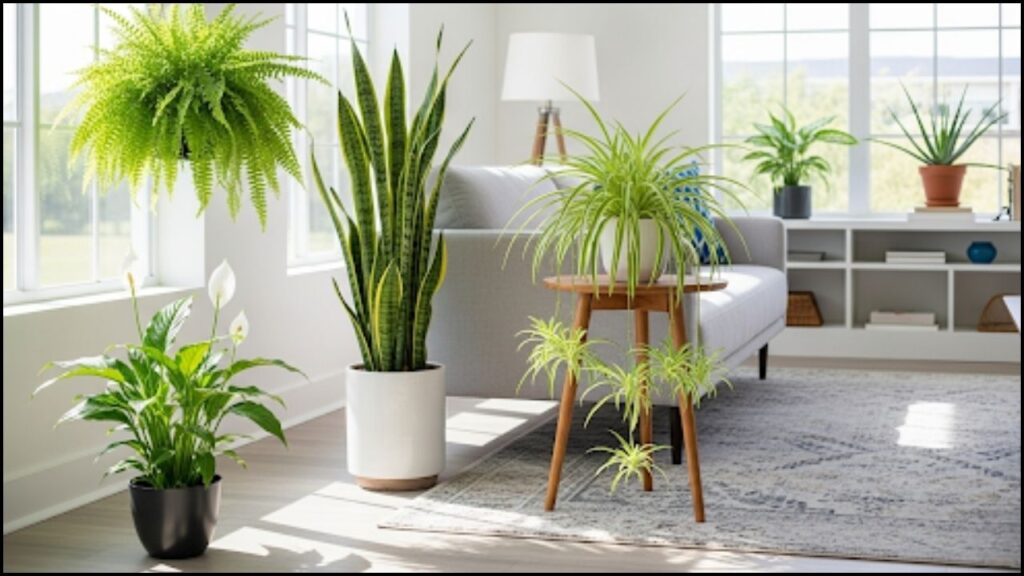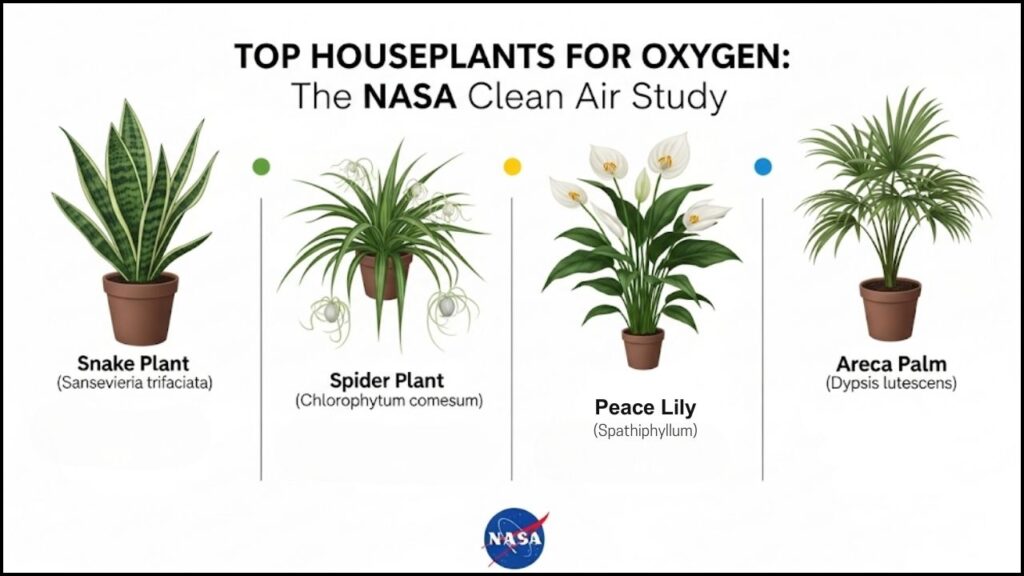
A 1989 report by NASA propelled the humble houseplant into the role of a living air purifier, creating a popular belief that a few green additions can significantly cleanse indoor environments. This has led many to seek the best plants for boosting oxygen levels at home. While houseplants do offer tangible benefits, recent scientific analysis urges a more nuanced understanding of their true impact on indoor air quality.
The Foundational Study and Its Modern Context
The conversation about houseplants as air purifiers began with the NASA Clean Air Study. Researchers, led by Dr. B.C. Wolverton, sought ways to clean the air in sealed space stations. The study placed various common houseplants in small, sealed chambers and introduced volatile organic compounds (VOCs) such as benzene, formaldehyde, and trichloroethylene—common indoor pollutants emitted by furniture, paints, and cleaning products.
The results were compelling. Certain plants were highly effective at removing these chemicals from the sealed chambers. The Peace Lily (Spathiphyllum ‘Mauna Loa’), for example, showed a high removal rate for all three tested VOCs. The Snake Plant (Sansevieria trifasciata), also known as Mother-in-Law’s Tongue, was noted for its hardiness and efficiency. These findings formed the basis for many popular lists of air-purifying plants.
However, experts now caution against direct application of these lab results to a typical home or office. “The NASA experiments were conducted in small, sealed environments, which is very different from a standard house with much larger air volumes and natural ventilation,” said Dr. Michael Waring, a professor of architectural and environmental engineering at Drexel University, in a review of related studies. Research published in the Journal of Exposure Science & Environmental Epidemiology concluded that to match the air-purifying efficiency of a building’s standard ventilation system, you would need an impractically high density of plants—roughly 10 to 1,000 plants per square meter of floor space.

Examining the Top-Performing Houseplants for Oxygen
Despite the debate over the scale of their impact, some plants possess unique biological traits that make them standouts for indoor environments. Understanding their specific mechanisms provides a clearer picture of their potential benefits.
The Snake Plant (Sansevieria trifasciata)
The Snake Plant is frequently cited as one of the best plants for boosting oxygen levels at home, primarily due to its unique metabolic process. Unlike most plants, it utilizes Crassulacean acid metabolism (CAM) photosynthesis. This adaptation allows it to open its stomata (pores) at night to take in carbon dioxide, minimizing water loss in arid environments. A key benefit of this process is that it releases oxygen during the night, making it an excellent choice for bedrooms.
The Spider Plant (Chlorophytum comosum)
Praised for its resilience and ease of propagation, the Spider Plant was a top performer in the NASA Clean Air Study for its ability to remove formaldehyde. It is non-toxic to pets and thrives in a wide range of conditions, making it one of the most accessible houseplants for oxygen and purification for novice plant owners.
The Areca Palm (Dypsis lutescens)
According to a study from the University of Georgia, the Areca Palm is one of the most efficient plants at humidifying the air. Through a high rate of transpiration, it releases moisture into the atmosphere, which can help combat the dry air produced by heating and cooling systems. While this is not direct oxygen production, proper humidity is a key component of comfortable indoor air quality.
The Verified Psychological and Productivity Benefits
While the air-purifying capacity of houseplants may be less impactful than once believed, their positive effect on human psychology and well-being is well-documented. The primary value of keeping indoor plants may lie in their biophilic benefits—the innate human tendency to connect with nature.
A study published in the Journal of Physiological Anthropology found that interacting with indoor plants can reduce physiological and psychological stress. Participants in the study who worked with plants showed a decrease in their heart rate and blood pressure. Similarly, research from Texas A&M University has shown that having plants in the workplace can boost creativity and problem-solving skills.
“The visual presence of plants has a calming effect,” stated Dr. Lena M. Andersson, an environmental psychologist. “They can improve concentration, lift moods, and create a more pleasant and tranquil environment, which indirectly contributes to better overall health.”
A Realistic Approach to Healthier Indoor Air
Experts agree that the most effective strategies for improving indoor air quality have little to do with plants. The U.S. Environmental Protection Agency (EPA) recommends a three-pronged approach:
- Source Control: Remove or reduce the sources of pollution, such as by using low-VOC paints or ensuring fuel-burning appliances are properly vented.
- Ventilation: Increase the amount of outdoor air coming inside. Opening windows, using fans, and running air conditioning can significantly lower the concentration of indoor pollutants.
- Air Cleaners: Use proven air filtration systems, such as those with HEPA filters, to remove particulate matter from the air.
Houseplants should be seen as a supplement to these foundational practices, not a replacement. Their primary role is aesthetic and psychological, with any air quality improvements being a minor, secondary benefit. Choosing healthy, low-maintenance plants can enhance a living space without requiring unrealistic expectations of their purifying power. As research continues, the scientific view may evolve. For now, the consensus is clear: embrace indoor plants for the joy and tranquility they bring. For a serious improvement in air quality, however, it remains best to open a window.
Plant Stylists Reveal the Best Houseplants for Office Environments
